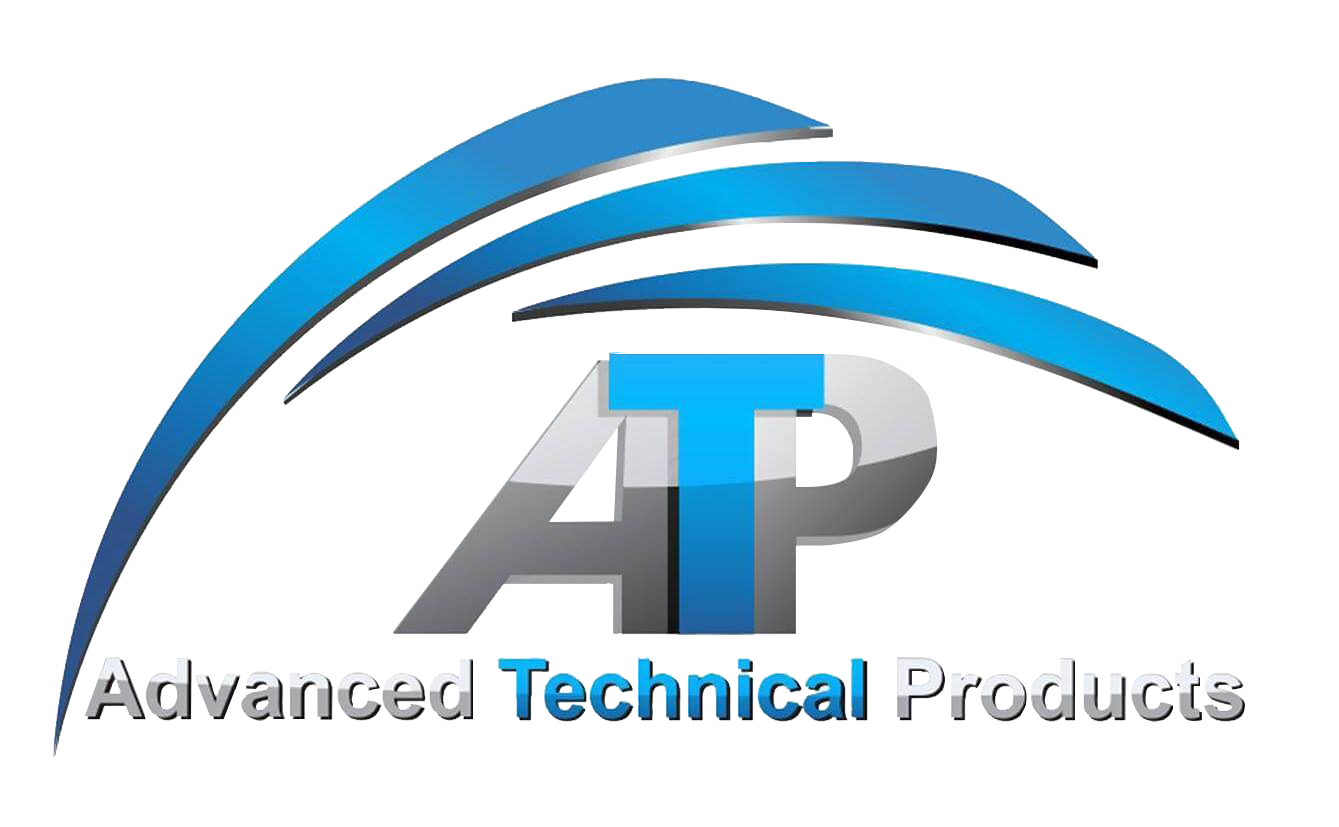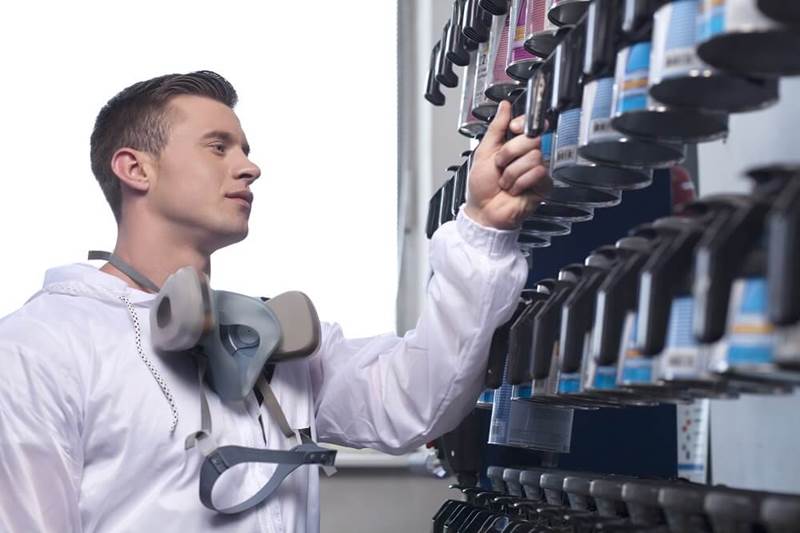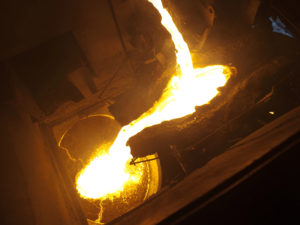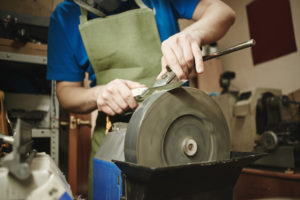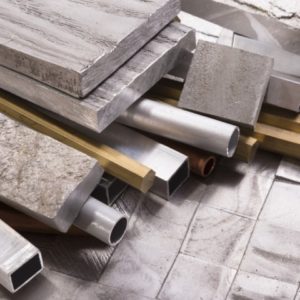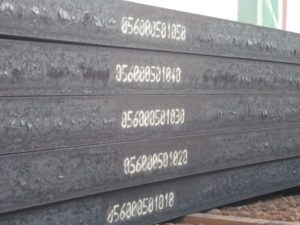For centuries, metals have been the go-to choice for multiples applications due to their durability, versatility and strength. However, among the challenges that people face when using metals, corrosion is arguably the most common and widely recognized.
Multiple solutions have been proposed to increase the longevity of metallic structures and enhance their corrosion resistance. Among them, metal coatings stand out as one of the most effective and convenient protection methods.
There are numerous methods for coating metallic surfaces, each with its own set of limitations and benefits. In the following sections we will take a detailed look at some of the most common types of metal coatings, and discuss their suitability for various applications.
How Metal Coatings Protect Surfaces and Structures
Metal corrosion is a deteriorative process that occurs under specific conditions. The most common type of corrosion occurs when metals react with moisture and oxygen to create various corrosion products. Iron, for example, reacts with water and oxygen in the atmosphere to form iron (III) oxide, or rust.
The logic behind metal coatings, therefore, is to create an inert (non-reactive) barrier around the metallic object being protected to prevent it from reacting with air and moisture.
Common Types of Metal Coatings and Their Benefits
Below, we have compiled a list of the most common types of metal coatings used across various industries, and the advantages and disadvantages of each.
Anodizing
Anodizing is a process used to promote the formation of a protective oxide layer on the surface of a metal. The resulting oxide layer forms more rapidly and is usually thicker than if it was produced naturally. While several non-ferrous metals can be anodized, aluminum responds most effectively to this process. (Background reading: Understanding Ferrous and Non-Ferrous Metals: Why You Should Understand These Key Differences.)
Anodizing is performed by immersing the aluminum component in a tank filled with an electrolytic solution along with a cathode (usually aluminum or lead). An electrical current is passed through the aluminum, causing it to oxidize and form a protective barrier.
Anodized finishes are perhaps the easiest to maintain of all the coatings mentioned in this article. Anodized surfaces can be easily periodically cleaned using mild detergents. Finished anodized surfaces are also chemically stable and do not decompose under normal conditions, allowing for a long-lasting coated surface. Furthermore, because anodizing is a natural process, it is non-toxic and does not produce any harmful or dangerous by-products.
The most significant drawback of this process is that it is only useful on a handful of metals. This process is unsuitable for ferrous metals, which means that common materials like steel and iron cannot be anodized. Additionally, due to the processes used, the colors that can be achieved by anodizing is limited.
Galvanizing
Galvanizing involves immersing the metal (mostly steel or iron) in a molten zinc bath. Once removed, the coated metal reacts with oxygen and carbon dioxide in the atmosphere to form a protective zinc carbonate layer.
The galvanizing process has multiple advantages that make it a popular choice for numerous applications. For example, the zinc oxide coating is highly stable and adheres tightly to the metal substrate; it is very durable and does not flake off easily.
Galvanizing is also renowned for its galvanic protection. In other words, if the metal’s surface becomes exposed due to scratches, cuts or dents, the zinc coating will sacrifice itself by corroding preferentially. This process helps protect the steel substrate between maintenance operations.
Read more: 5 Most Common Types of Metal Coatings that Everyone Should Know About
